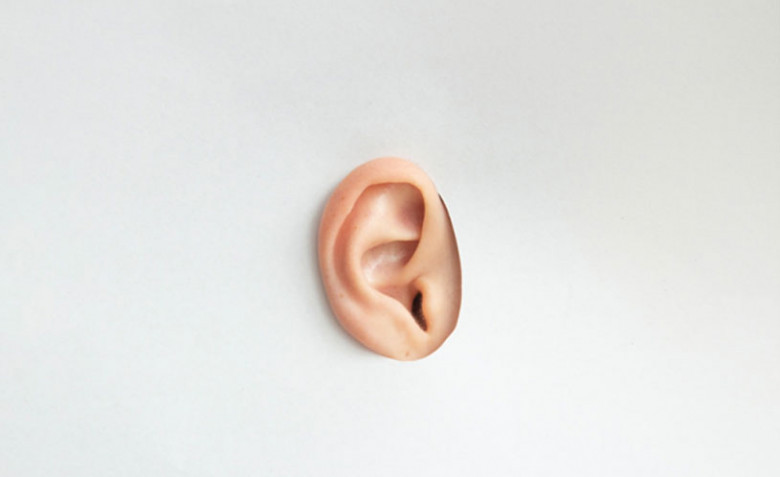views

At one such panel I was a part of as a hiring manager, we interviewed around 10 candidates that day. After about 7 to 8 candidates had moved out of the room, we had begun to feel exhausted with the repetitive questions and the monotonous well-prepared answers by almost all of them.
Then came a young man with simple attire. However, his demeanor spelled something different. He knocked well, waited to be seated, pulled the chair standing upright and without any noise, sat straight and didn’t move his body at all. No fidgeting, no touching the face with hands, all the while maintaining positive body language and eye contact. We were pleasantly surprised to see such a well-mannered software developer. At the end of the interview, I asked him about his family background, which was when his eyes twinkled a bit. He said he was the son of an army man and he had lost his father in war. His voice became sharper as he told how he had prepared to join the armed forces but lost out due to a tad poor eyesight. His body spoke the language of a soldier and to someone who could observe closely, one would have missed him for actually being one.
What happened that day was that our active listening skills came into picture and we could find a gem of an employee who went on to achieve great success in our company. Though he never mentioned that he had prepared for the armed forces, we could somehow spot that he belonged to the proud army fraternity. I have seen many such instances when active listening skills have provided better insights into a situation than mere hearing.
When we hear, our ears simply record the sound that is being produced outside as a stimulus. But when we’re actively listening, we listen more with our eyes than with our ears. That is because we capture not just the nuances of tone and voice, we also observe the body language which speaks louder than words do.
Experts says active listening is all about intent and being in sync with the other person. When you listen with full focus on what the person is saying, how is he/she saying it and what he/she wishes to convey from it, you get a clearer picture about the entire thing. Many times, as parents, we miss out on what the kids try to tell us but are not able to, owing to their limited vocabulary and sensory identities. But most of the times, parents just need to observe the kid and try and actively listen to him to understand his real problem.
I remember attending a kids party on a Christmas few years ago. A small boy who came to our home to play with the kids never accepted any eatable that we offered him. At the same time, he would keep staring at the food laid out on the table, especially the fruit and the sweets (common in most homes of Indian families). Upon observing him doing so, I could speak to him and understand that he refused food because his mom had told him not to eat anywhere outside his home. But the smell of the sweets tickled his taste buds. When we assured him that we would speak to his mother, he did in fact, have some sweet and was really blushing that day! The same is true with people of all ages. One needs to listen with full intent of really knowing what the person is saying rather than merely hearing his words that don’t quite register in your mind. Read more....












